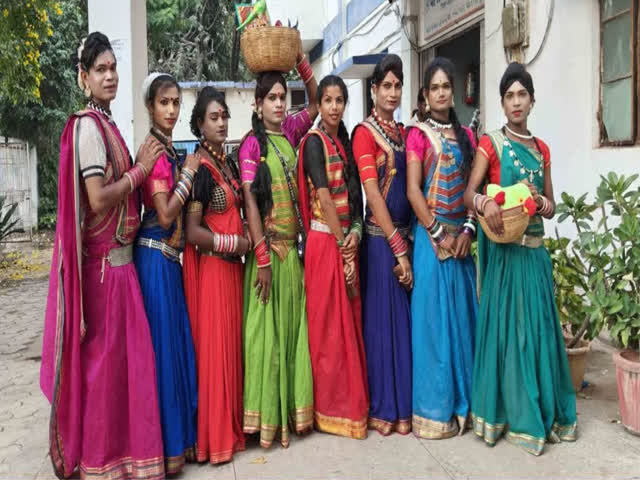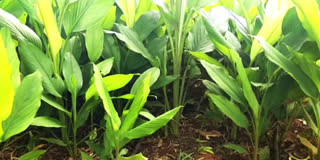WATCH: Male Sua Dancers Dressed as Women Pep Up Teej Festival Celebrations in Chhattisgarh
🎬 Watch Now: Feature Video


Published : Oct 28, 2024, 6:15 PM IST
Dhamtari: India is a country of diversity. Many colours can be seen during festivals here. Chhattisgarh is such a state where the residents celebrate festivals with fervour. There are many artists in the Dhamtari district of the state who use their artistry to keep their original culture and tradition alive. A team of such youths here celebrate Teej and other festivals in Chhattisgarh with devotion. These men dress up like women and exhibit their art in the traditional attire of Chhattisgarh. Whatever donation they get from the public, they share it among themselves.
This group of eight youths from Dhamtari beats even women in dance. Be it Sua or any other dance, they jive in such a way that they win the hearts of people. Everyone is amazed to see their talent of dance. Their dance skills have given them a special identity. "I have been fond of stage and drama performances since childhood. Eight youths from Dhamtari and nearby villages are associated with our team. We display our art in fairs, festivals and comedy programs. Right now it is the festival of Diwali, so we are displaying art and culture by performing Sua dance," said Bhimraj Sahu, a folk artist.
What is Sua dance? Sua dance has special importance in the tradition of Chhattisgarh. Sua means parrot. There are different beliefs about this dance. In this dance, a group of women and girls keep rice in a bamboo basket and put a parrot made of clay in it. Groups of girls and women move around with this bamboo basket and perform Sua dance. Along with the dance, women also sing songs and clap.
What are the beliefs of Sua dance?: According to beliefs, when women used to go to the houses of farmers in the village to perform Sua song dance, then they were given money or grains as a gift for that dance. This is used in the marriage celebration of Gaura-Gauri. The second belief of this dance is that Sua dance is started on the day of Diwali. Which means that the paddy crop has been harvested. Now the days of happiness have come.
Read More





